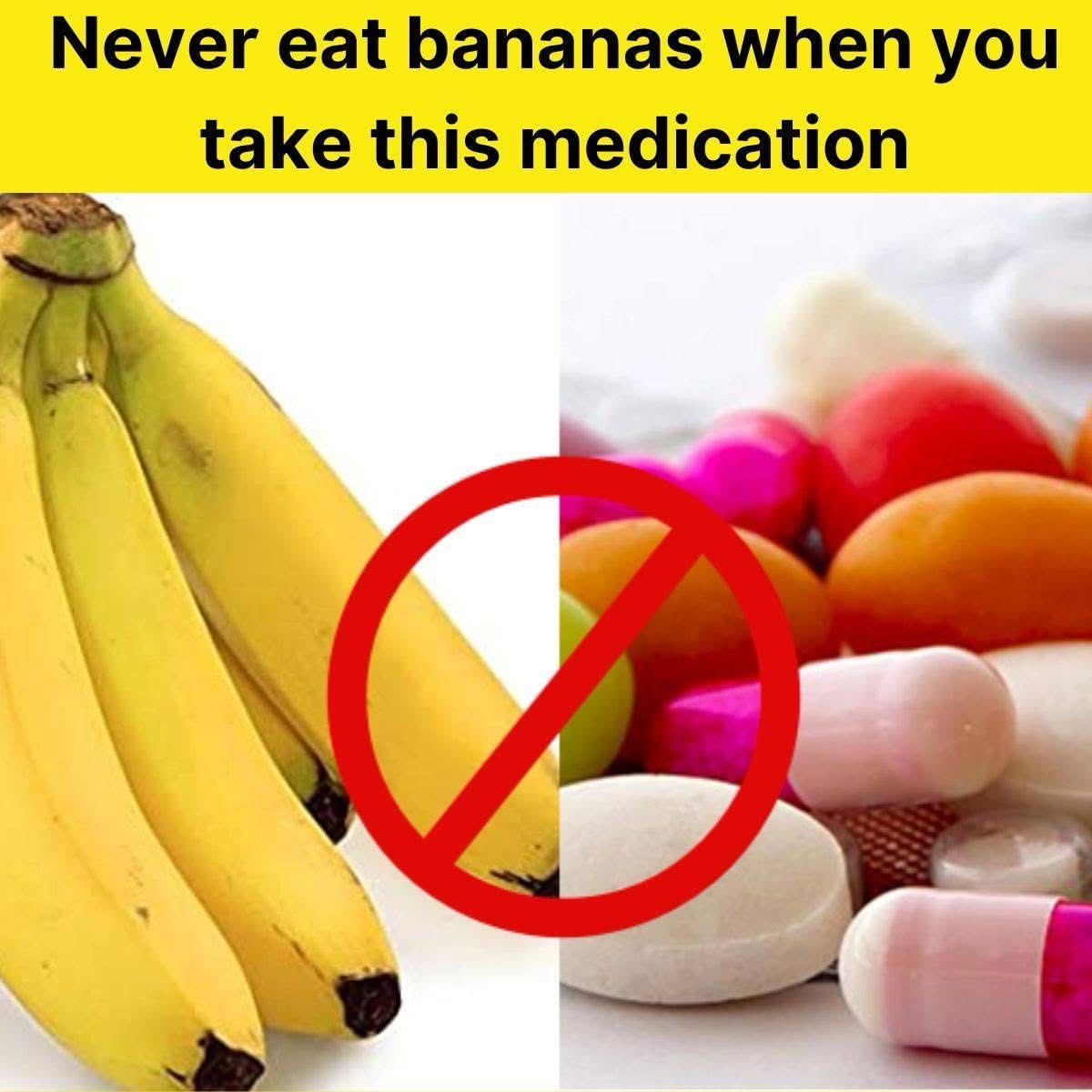It’s general practice for your doctor or pharmacist to inform you about potential, harmful drug interactions when beginning a new prescription. It’s usually known that numerous classes of drugs – from antibiotics, pain medications and some OTC medications can adversely interact with alcohol. The results can be unpleasant to potentially fatal. However, a lesser-known and equally important aspect is how certain foods can interact and affect how medications work. These certain foods can alter drug absorption or metabolism, impacting their effectiveness and potentially having adverse side effects.
Bethanne Brown, a professor of pharmacy practice at the James L. Winkle College of Pharmacy at the University of Cincinnati, points out that this crucial information is overlooked, even by healthcare professionals. “It’s an issue that’s not on a lot of people’s radar screens. Honestly, it’s not on many doctors’ radar screens, either,” she says. While this information is usually available in the prescription details, it can be easily missed.
Why Food-Drug Interactions Matter, Especially for Seniors

It’s vital to be aware of potential food-drug interactions, especially for older adults. According to research carried out by the Lown Institute, 42% of U.S. adults aged 65 and older take five or more prescription drugs daily, and nearly 20% take 10% or more, which raises the complexity of managing medications and increasing the risk of food-drug interactions.
In particular cases, consuming specific foods can reduce a drug’s effectiveness or elevate its blood levels, potentially leading to dangerous or even fatal side effects. Always read your medication’s warnings and always consult your doctor or pharmacist about possible food interactions with your medications to avoid incurring adverse effects, or worse, fatal injury.
